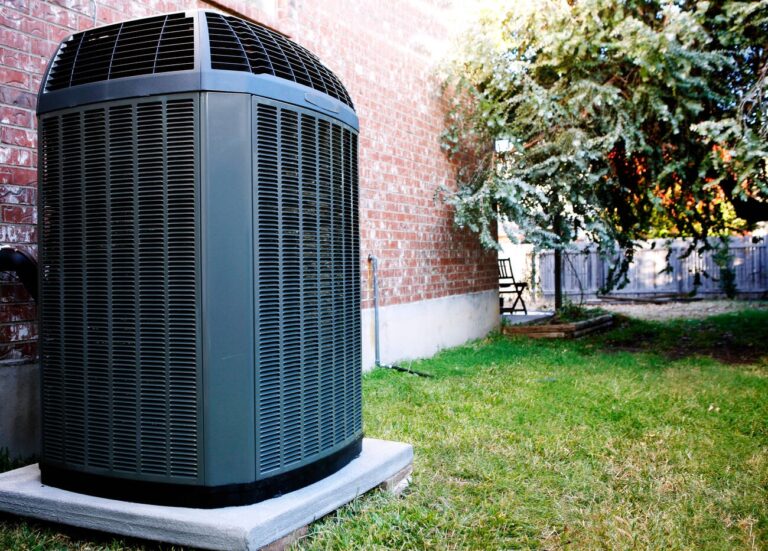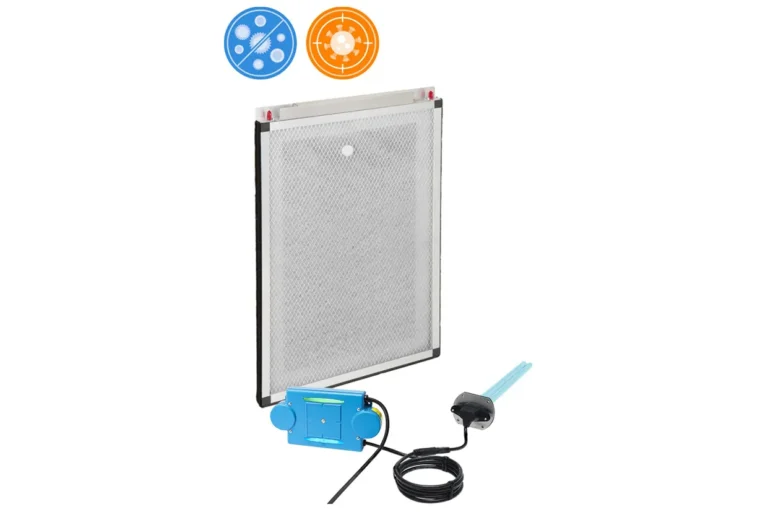Understanding My Filter
Why is MERV Important?
MERV stands for Minimum Efficiency Reporting Value and is an industry standard to rate a filter’s efficacy. We recognize this is not very easy to understand for consumers, so we developed our simple-to-use application naming system. Pick the filter that suits your needs.
Allergies, pets, odors and smoking all can greatly affect the quality of your indoor air. Discount Filters offers many different types of air filters to help you breathe easier and choose the correct filter based on your specific needs.
Finding the right filter thickness is important.
Ensuring that your filter fits properly in your furnace or AC system means making sure that you have not only the right length and width but also the thickness of your filter.
Most standard air filters are 1 – 2 inches in thickness. Whereas media filters are typically 3 to 5 inches in thickness. The best way to measure your air filter size is to get out the measuring tape and measure it directly. Also, your current filter probably has the dimensions printed on the frame.
How often should you change your filter?
A good rule is to do a visual inspection. The only way to be sure about how often to change your air filter is to perform a visual inspection of the filter every month. After a few months, you’ll get an idea of how quickly it becomes dirty. If you don’t have carpet or you have pets filter might need to be changed more frequently. The industry rule is to change every month per inch of thickness. 1-inch filter every month, 4-inch filter every 4 months.








